Nvidia has published a behind the scenes video showing off the inception of the RTX 5090 Founders Edition graphics card. Half way through the video, the team revealed the prototype: a massive, quad-slot, fully flow-through graphics card featuring a vertical PCB, which was the precursor to the skinny, dual-slot 5090 FE card we have today.
This prototype Founders Edition cooler was part of Nvidia's experimentation with flow-through GPU designs. The company successfully created its first flow-through cooling architecture in the RTX 30-series Founder Edition graphics cards, and apparently decided to build on this concept by creating what it's dubbed a "three thirds flow through" cooler design.
Designing the Founders Edition | GeForce RTX 5090 - YouTube

This is the same cooler Gamers Nexus recently covered, unofficially calling it the RTX 4090 Ti and/or RTX Titan Ada GPU cooler. The defining trait of this cooler is its quadruple PCIe slot form factor, which, had it been released, would have made it the largest Founders Edition graphics card ever. The cooler was so thick that Nvidia mounted it vertically, giving a flow-through design to the entire heatsink.
Nvidia's 3D renderings reveal that this "three-thirds flow-through" design incorporated three fans in a novel way — all three fans were installed in a stair-step orientation, with the left fan at the very bottom of the heatsink, the right fan at the top, and the middle fan sandwiched right in the middle and flanked by the heatsink on the top and bottom.
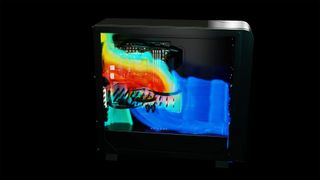
Clearly, Nvidia dropped this concept in the prototype stage. The company didn't like the idea of selling a graphics card that occupied four PCIe slots, stating that it would be "unwieldy" and would only work in a limited number of cases (no kidding).
Nvidia revealed that it did take some lessons from the quad-slot cooler design and apply them directly to the Blackwell generation. The RTX 50-series takes advantage of a downgraded version of the "three-thirds flow-through" design with a "two-thirds flow-through" design. This design allowed Nvidia to not only improve raw thermal performance, but it also slims down the graphics card to occupy just two PCIe slots.
Nvidia also revealed some of the build features and challenges of the RTX 5090 Founders Edition in its video. Apparently one of the biggest challenges was building the ribbon cable that connects the outward UHBR20 DisplayPort 2.1b and HDMI 2.1b connectors to the PCB, because these connectors are not fully designed to be connected through a cable. Nvidia discovered that infusing glass fibers into its ribbon cable apparently provided enough performance for three UHBR20-rated DP connectors and one HDMI connector, however.
Nvidia also went out of its way to insure its new liquid metal thermal interface material was as reliable as possible. Nvidia stress tested its thermal interface design to ensure it would work in any orientation, and it also employs an air-tight seal around the GPU die to prevent liquid metal from oxidizing and escaping the GPU die area. This is especially important because liquid metal is electrically conductive, so any contact with the PCB while operating could kill the graphics card.

 6 hours ago
2
6 hours ago
2
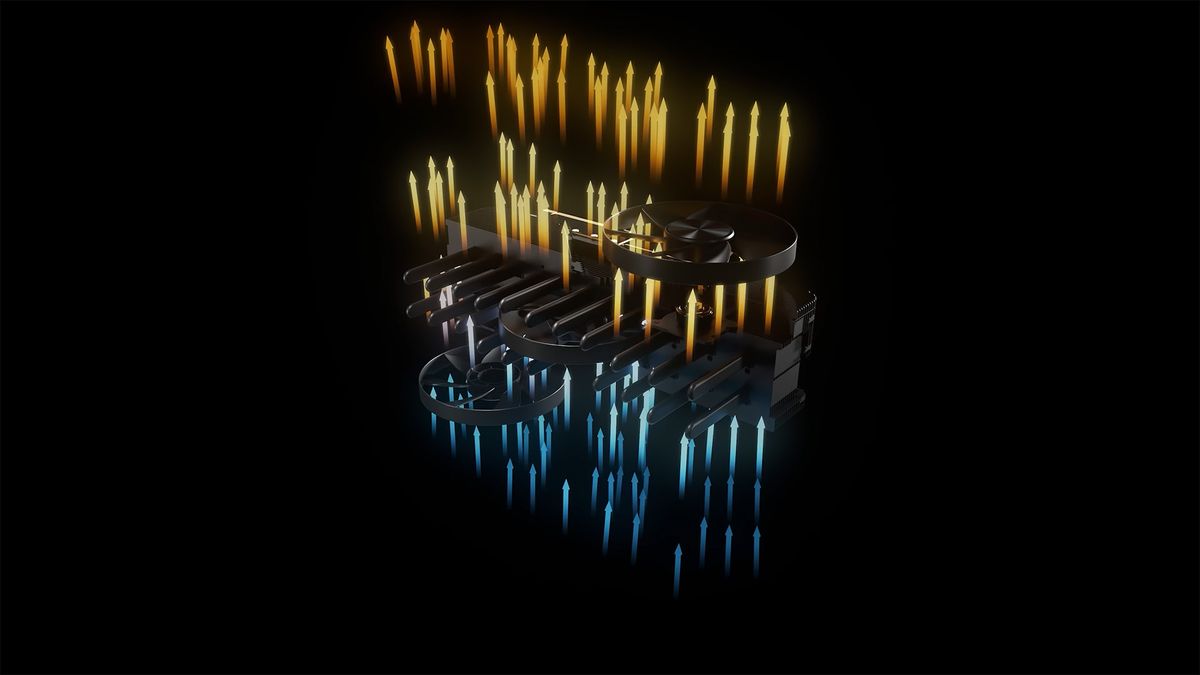
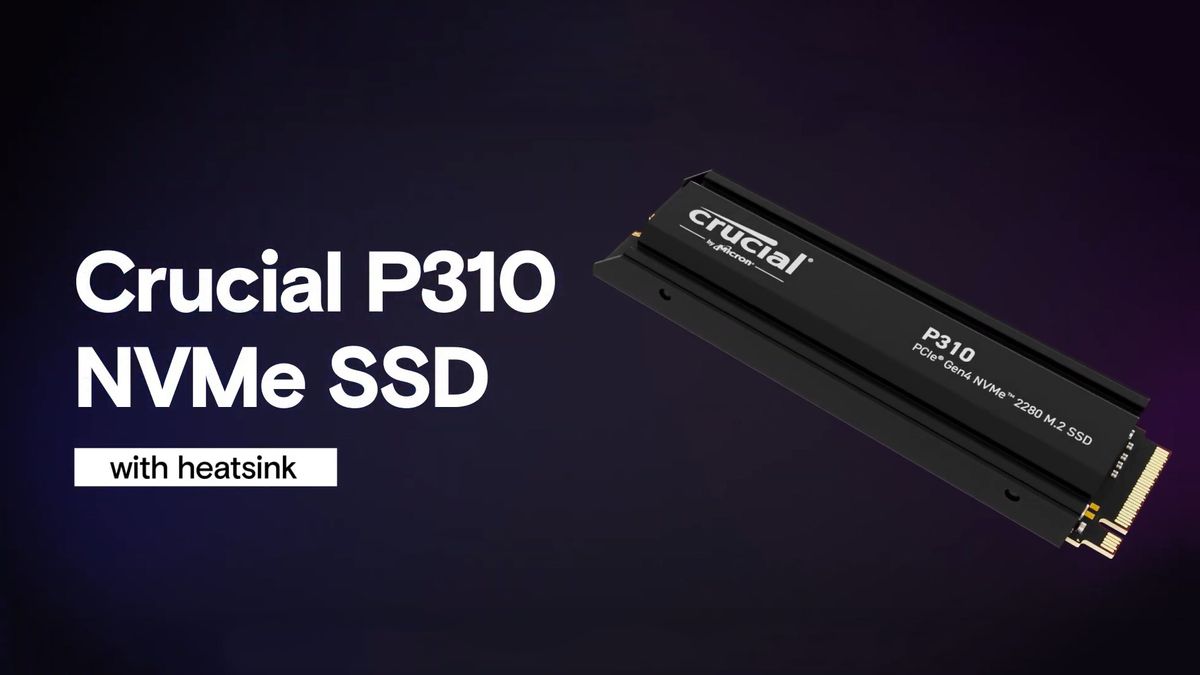
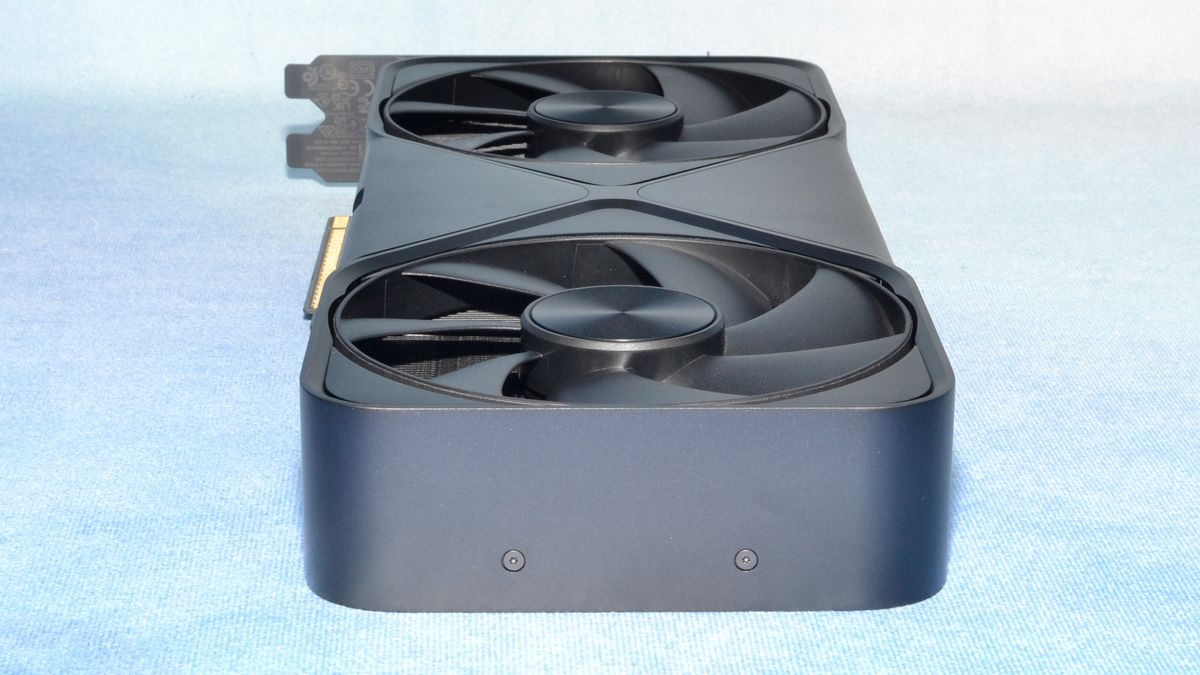
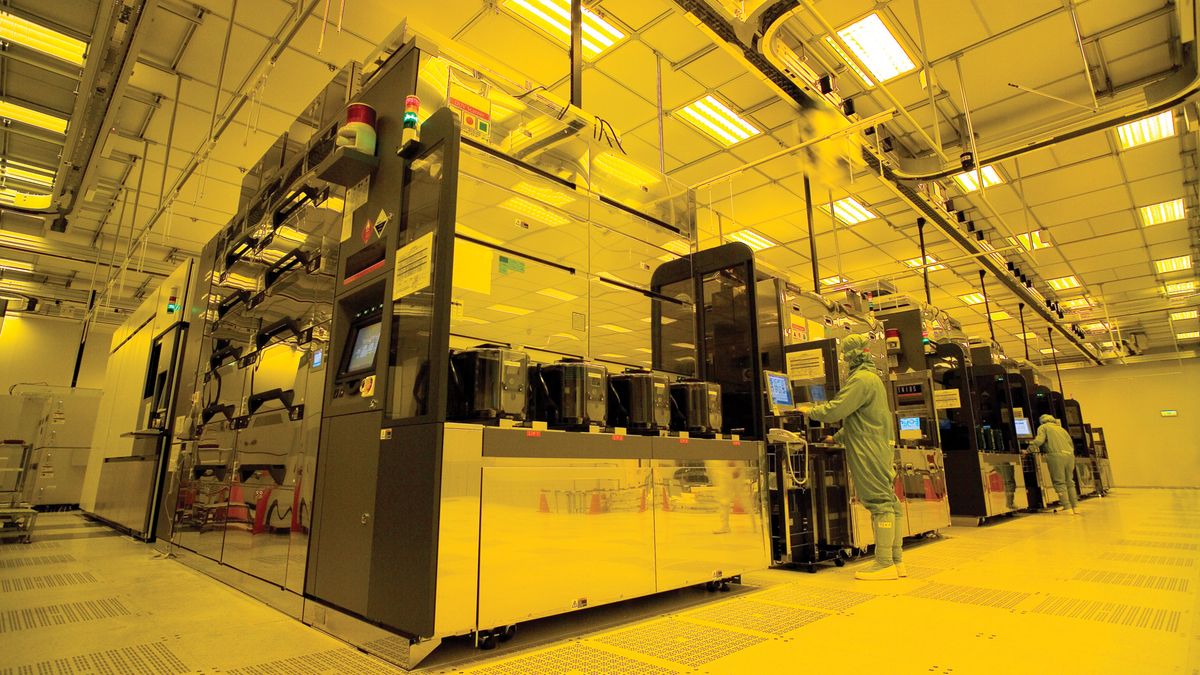





 English (US) ·
English (US) ·